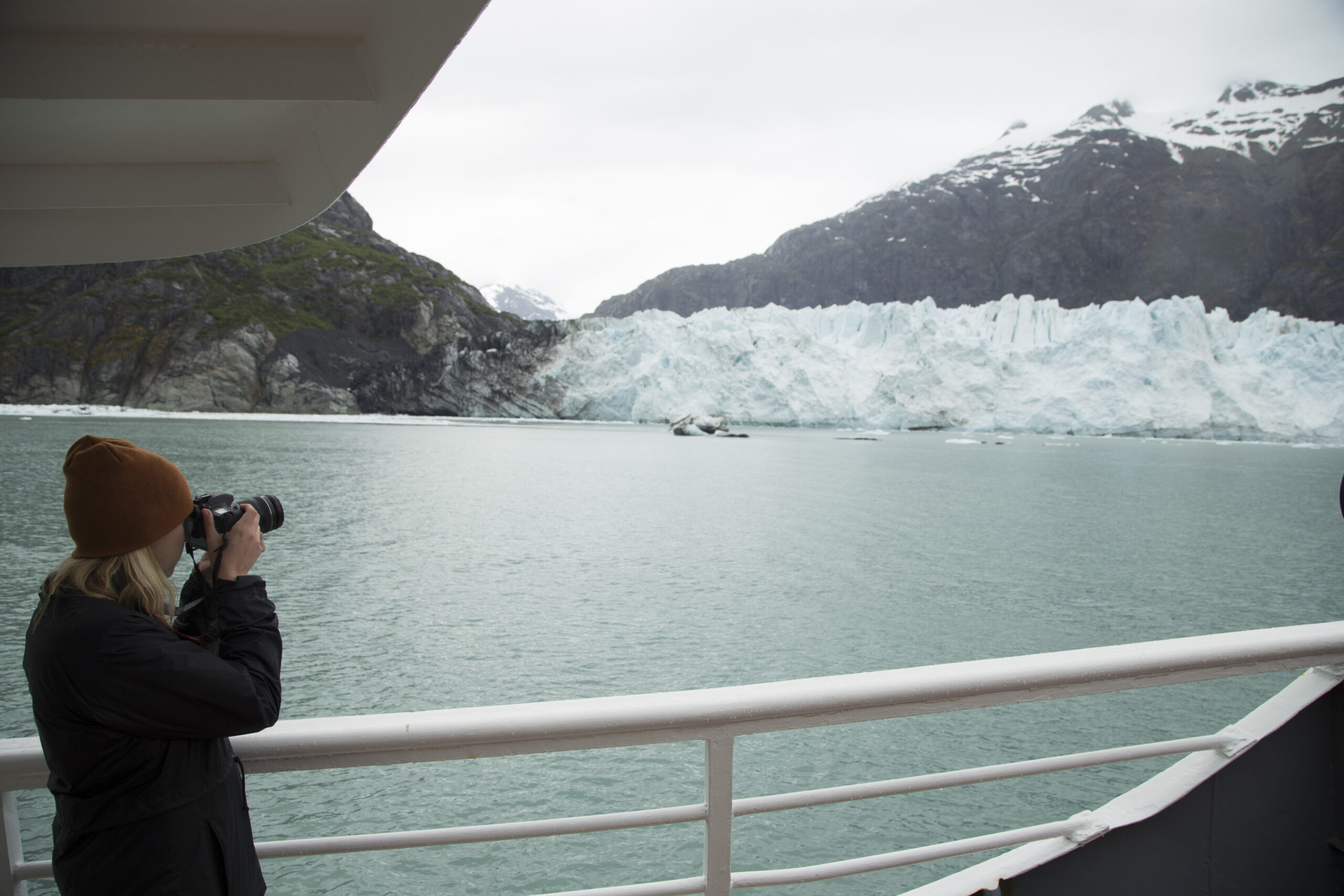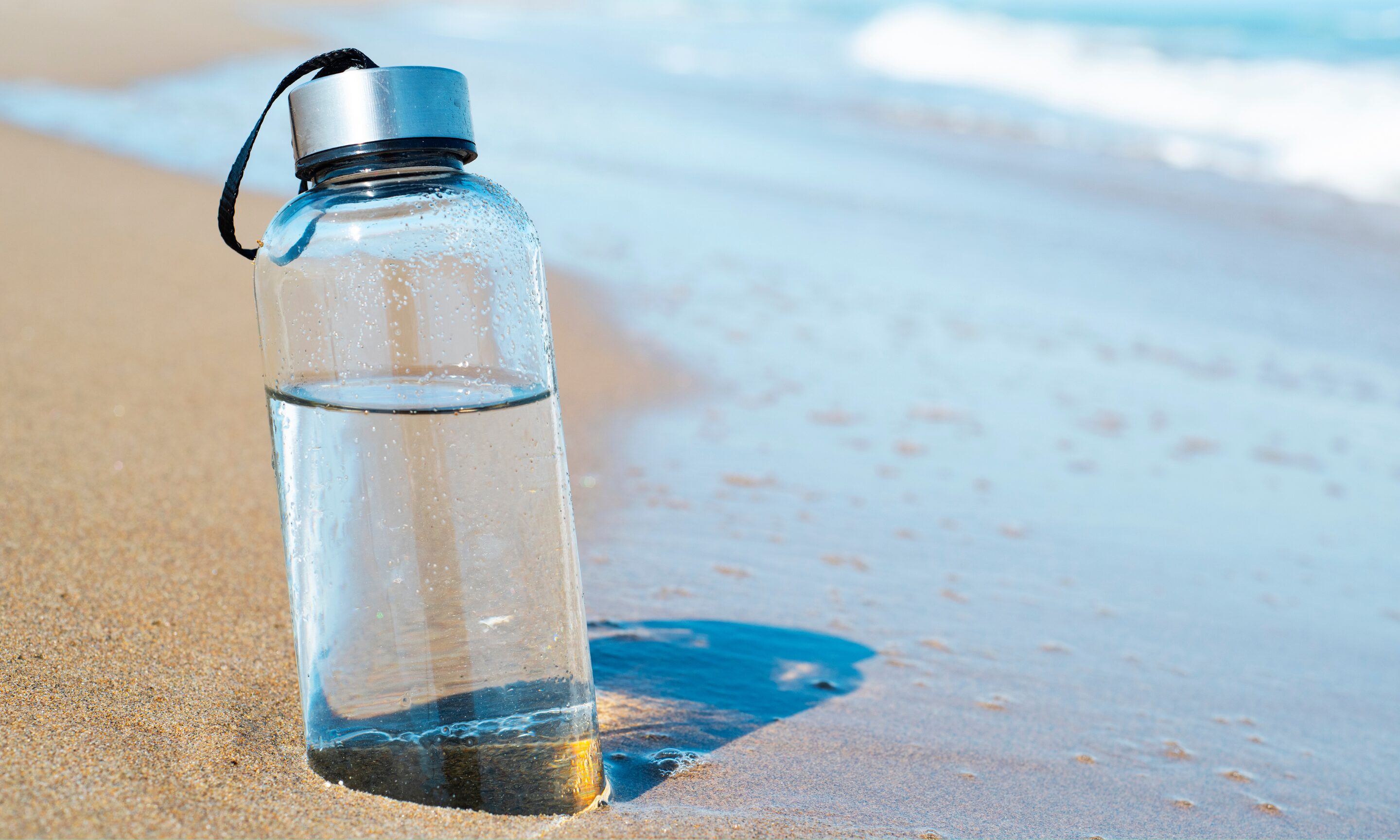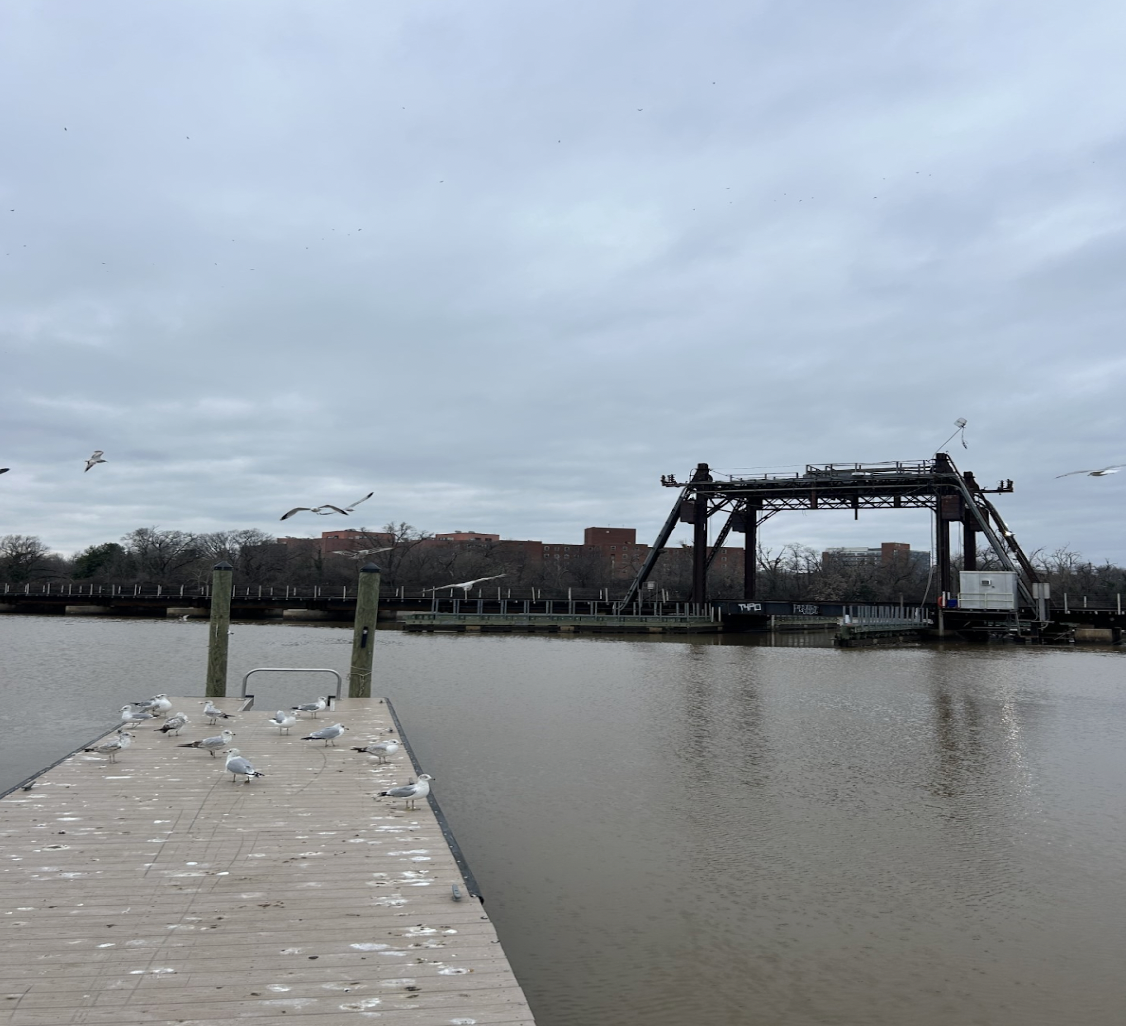Hydrostation ‘S’: The Longest Ocean Time Series Reveals ‘Smoking Gun’ of Climate Change
A program that has been measuring ocean temperature and chemistry since 1954 shows the ocean has been gradually warming and increasing in salinity.
Although the changes are small, the impact is large, and the fact that the chemistry of the open ocean is changing is the “smoking gun” of climate change. As we try to grasp the impact of human influence on the planet, these measurements are providing critical insight.
Long-term changes of the climate system are hard to determine because of a paucity of data. With funding from NSF, scientists at the Bermuda Institute of Ocean Sciences seek to fill this gap through what is now the longest continuous open-ocean time series program.
In 1954, Henry Stommel, an oceanographer at the Woods Hole Oceanographic Institution, established the regularly reporting station 18 kilometers southeast of Bermuda. Known as Station S, it is a base from which scientists can measure ocean salinity, temperature and carbon dioxide (CO2) down to a depth of nearly two miles. The CO2 record, started in 1983 by the late Charles D. Keeling from the Scripps Institution of Oceanography, is the longest such time series anywhere in the world.
The data show that, since 1954:
- The ocean has been heating at a rate of about 0.5 a degree every 50 years
- The ocean surface is getting saltier due to evaporation
- CO2 levels are increasing in equilibrium with the rising atmospheric levels, resulting in ocean acidification






















